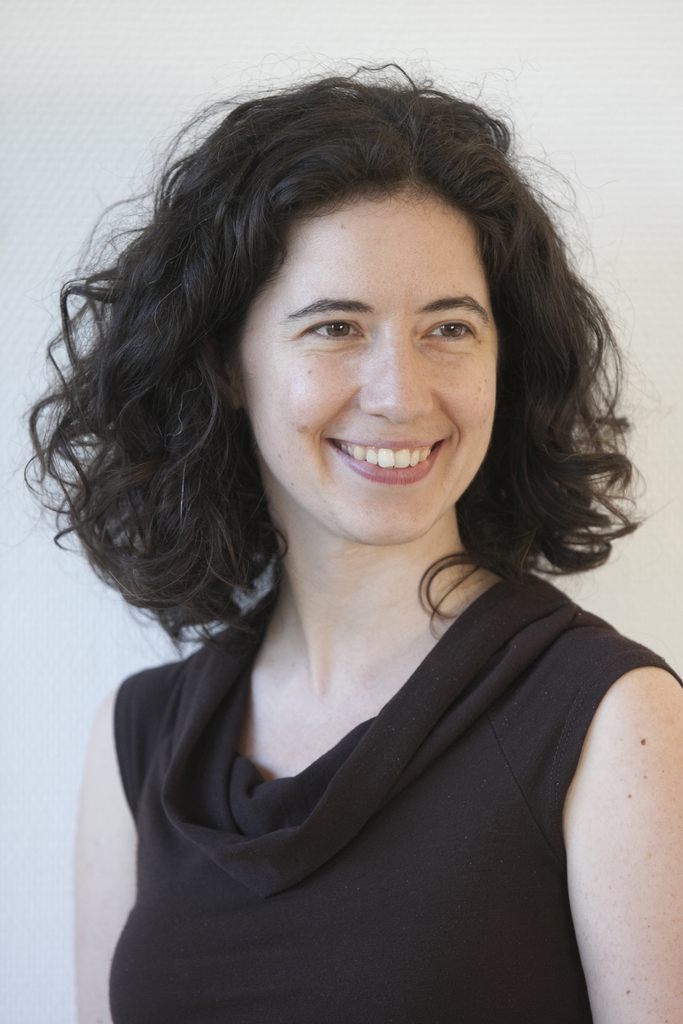הדס סופר 2011-2012

- מוסד לימודים לדוקטורט:
- מכון ויצמן למדע
- תחום אקדמי:
- פיזיקה
- מנחה/מנחים בדוקטורט:
- פרופ' נירית דוידוביץ'
- נושא הדוקטורט:
- Probing Electronic Wavefunctions Via High Harmonic Generation
- שנת קבלת הדוקטורט:
- 2014
- מוסד בתר-דוקטורט:
- אוניברסיטת סטנפורד
- מוסד נוכחי:
- אוניברסיטת סטנפורד
- משרה אקדמית נוכחית:
- בתר-דוקטורנטית
- כתובת דוא"ל:
- hadas.soifer@weizmann.ac.il
- קורות חיים
- פרסומים
- Links to Recent Publications:
- Publication 1
- Links to Relevant Media (written & videos):
- Media 1
- עמוד הבית
Hadas Soifer is a postdoctoral fellow at Stanford University in the SLAC National Accelerator Laboratory hosted by Prof. Zhi Xun Shen. She is researching femtosecond time and angle-resolved photoemission studies of strongly correlated electron systems.
Her research focuses on ultrafast electronic processes that are initiated by the interaction of strong laser light with matter. The dynamics generated by this interaction are on attosecond billionth of billionth of a second (10-18 sec) – time scales. This highly nonlinear process leads to a collision between an atomic or molecular ion and an electron that was previously detached from it. Hadas’s research uses the radiation emitted in the collision to study ultrashort electronic processes such as the tunnelling of an electron out of an atomic potential.
Hadas’s PhD research was done in Dr. Nirit Dudovich astrophysics lab and studies High Harmonic Generation (HHG) process in two complementary directions. In the first, she focused on the study of the basic mechanism that underlies the HHG process, a fundamental step towards using HHG in resolving dynamics in complex molecular wave functions. This is done using two main models that give a good description of the HHG process, though neither of them is completely accurate. Her lab recently resolved the dynamics of HHG in a spectral range where theoretically both models fail, and Hadas proposed an alternate mechanism. The second direction is developing new experimental and analytic tools that would allow the decoupling of the different degrees of freedom hidden in the spectrum.
While working on her thesis “Probing Electronic Wave Functions Via High Harmonic Generation” Hadas developed an analytic tool for the spatio-spectral analysis of the harmonic emission. This tool enabled the measuring of the tunnelling times in a second family of electron trajectories in argon and krypton atoms. In an ongoing collaboration with the Cusbo lab in Politechnio di Milan, this scheme is being extended to measure tunnelling dynamics with longer wavelengths.
